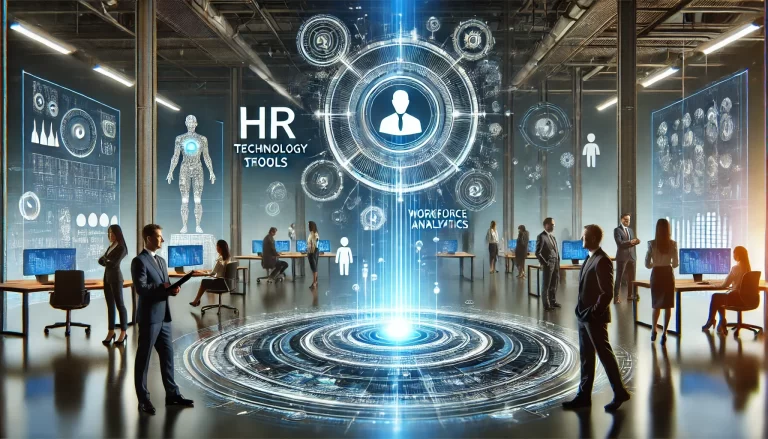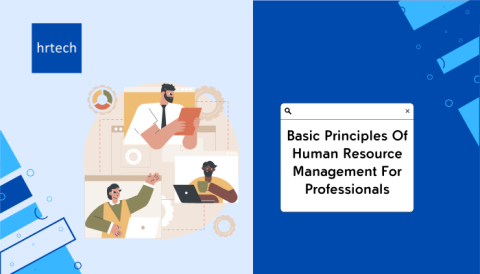Strategic human resource management is a proactive approach to managing people as key assets in an organization. Building a strong workforce requires a long-term strategy. Strategic HRM aligns HR with business goals for sustained success.
The concept of strategic HRM emerged in early 1990. It ensures that companies attract, develop, and retain top talent in a manner that aligns with their long-term business objectives and vision.
Strategic HRM focuses on workforce planning, leadership development, and company culture. Businesses that master Strategic HRM adapt faster to market changes and workforce demands. From recruitment to retention, every HR decision impacts business growth.
In this guide, we break down Strategic HRM concepts, explore key strategies, and show how to align HR with business goals.
What is Strategic Human Resource Management?
Strategic HRM, or ‘people strategy,’ creates a unified framework for hiring, managing, and developing employees to align with long-term goals. It ensures that all aspects of people management work cohesively to foster the behavior and environment for goal achievement.
It addresses long-term people challenges, including future resource needs, organizational structure, quality, culture, values, and employee commitment. There are many definitions of strategic HRM, and it has evolved.
Definitions of Strategic HRM
Here are some definitions of strategic HRM by notable academics:
- Schuler defined strategic HRM, as the performance of all activities that affect the behavior of individuals in their effort to formulate and implement the strategic business needs.
- Wright and McMahan, defined strategic HRM as a pattern of planned human resource deployment and activities to help an organization achieve its goals.
- Gary Dresler defines strategic HRM as “the linking of HRM with strategic goals and objectives toin order to improve business performance and develop organizational cultures that foster innovation and flexibility.”
Aim of Strategic HRM
Strategic HRM essentially aims to:
- Increase organizational agility and foster innovation as business needs evolve.
- Create a strong value proposition to strengthen talent acquisition.
- Drive business performance by proactively addressing future skills needs.
- Cultivate an organizational culture that aligns with strategic objectives and drives success.
- Build a workforce that evolves in sync with the company’s goals and long-term vision.
Benefits of Strategic HR Management
Strategic HR management offers several key benefits that contribute to an organization’s long-term success. By aligning HR practices with business objectives, companies can gain a competitive edge.
Some of the notable benefits of strategic HR management include:
- Improved Workforce Productivity: Ensures the right talent is hired, trained, and motivated, leading to higher efficiency and performance.
- Greater Employee Engagement and Retention: Fosters a positive work culture, boosting job satisfaction and reducing turnover.
- Better Talent Acquisition and Development: Helps attract top talent and provides training programs to upskill employees for future business needs.
- Increased Organizational Agility: Helps companies to quickly adapt to market changes, technological advancements, and economic shifts.
- Long-Term Cost Savings: Reduces hiring and turnover costs by investing in employee well-being and career growth.
While Strategic HR Management offers significant benefits, it also comes with challenges. Let’s explore some of the challenges to strategic HR management.
Challenges of Strategic HR Management
Implementing strategic HR management comes with its own set of challenges that organizations must address. From aligning HR strategies with business objectives to managing workforce expectations, there are many complexities.
Below are some key challenges that companies often face in strategic HR management.
- Alignment with Business Goals: Ensuring that HR strategies align with the overall business objectives can be complex, especially in rapidly changing industries.
- Resistance to Change: Employees and management may resist new HR policies, making it difficult to implement strategic initiatives successfully.
- Talent Acquisition and Retention: Despite strategic planning, attracting and retaining top talent remains a challenge due to competitive job markets and evolving employee expectations.
- Balancing Short-Term and Long-Term Goals: Organizations often struggle to balance immediate workforce needs with long-term HR planning and development.
- Compliance and Legal Challenges: Adapting to evolving labor laws, diversity requirements, and workplace regulations can be time-consuming and require continuous monitoring.
The concept of strategic HRM rests on the idea that HR activities impact achievement of the company’s strategic goals. But how does it differ from traditional HRM? Let’s find out.
Traditional HRM vs Strategic HRM
Strategic HRM is considerably different from traditional HRM. Here, we have clarified how strategic HRM varies from traditional HRM:
| Criteria | Traditional HRM | Strategic HRM |
| Approach | Task-oriented, reactive, administrative. | Proactive, aligned with business strategies. |
| Focus | Meets immediate employee needs as they arise | Centers on long-term goals and workforce alignment. |
| Policy Creation | Focused on answering employee questions about policies. | Creates policies based on the company’s long-term objectives. |
| Employee Engagement | Limited focus on engaging employees with company goals. | Actively engages employees by aligning them with business strategies |
| Workforce Planning | Based on immediate needs. | Plans for future workforce needs based on business objectives. |
| Role in Leadership | Separate from business leadership and strategy. | Integrated with leadership to support business goals. |
| Recruitment Strategy | Hires based on current, immediate needs. | Hires based on current and future organizational needs. |
| Behavioral Focus | Primarily reactive to employee concerns. | Identifies and develops behaviors needed to support long-term goals. |
| Performance Management | Evaluates past performance. | Aligns performance management with strategic business goals. |
Now that we’ve compared traditional HRM with strategic HRM, it’s clear that the shift towards a more proactive and integrated approach brings numerous advantages. To fully understand how strategic HRM drives success let’s understand the main components of strategic HRM.
Key Components of Strategic HRM
To effectively implement Strategic HRM, organizations must focus on key components that align HR practices with long-term business goals. These components are not just theoretical but practical elements that shape an organization’s approach to managing its workforce.
Let’s explore these vital components in detail:
1. Workforce Planning
Workforce planning ensures that the organization has the right people, in the right roles, at the right time. It involves forecasting future talent needs and aligning them with business objectives.
Workforce planning in Strategic HRM involves
- Forecasting Future Needs: Predicting future staffing requirements based on business growth and market trends.
- Gap Analysis: Identifying skills gaps and planning for talent acquisition or development to fill these gaps.
- Resource Allocation: Strategically allocating human resources to areas that directly impact organizational success.
Recommended Reading: “Top 10 Workforce Management Applications For 2025”.
2. Talent Acquisition
Talent acquisition focuses on attracting candidates who not only meet immediate hiring needs but also align with the company’s long-term objectives and culture.
As an important aspect of strategic HRM, talent acquisition focuses on:
- Employer Branding: Building a strong employer brand to attract top talent that aligns with the company’s values and mission.
- Targeted Recruitment: Using data-driven insights to identify and target high-potential candidates with the necessary skills and cultural fit.
- Diversity and Inclusion: Promoting diversity to enhance innovation and creativity, which aligns with the company’s global goals.
Recommended Reading: “Key Talent Acquisition and Hiring Trends for 2025”
3. Employee Development
Employee development helps ensure employees continuously grow in line with evolving business needs. It involves offering training programs that build skills for both current and future roles.
As a part of strategic HRM, employee development involves:
- Personalized Learning: Tailoring development programs to individual needs and career paths to foster engagement and growth.
- Leadership Development: Offering specialized training to develop future leaders who will drive strategic initiatives.
- Continuous Feedback: Encouraging a culture of feedback and coaching to guide employee development in real time.
4. Performance Management
Performance management is more than just annual reviews—it’s an ongoing process that aligns individual performance with company goals and provides actionable insights. In strategic HRM employee performance is measured in line with organizational performance.
As a part of strategic HRM, performance management involves:
- Goal Setting: Setting clear, measurable goals that align with business objectives and tracking progress consistently.
- 360-Degree Feedback: Using feedback from various sources, such as peers and managers, to provide a well-rounded evaluation of employee performance.
- Recognition and Rewards: Implementing systems to recognize and reward high performers to motivate and retain talent.
To learn more about performance management tools check out our blog, “11 Best Performance Management Software In 2025”.
5. Compensation and Benefits
Strategically structured compensation and benefits are key to attracting, motivating, and retaining employees. These should reflect both market standards and the company’s financial strategy.
Compensation and benefits form an integral part of strategic HRM and involves:
- Competitive Salary Structures: Benchmarking against industry standards to ensure the company offers attractive pay packages.
- Performance-Based Incentives: Tying bonuses and incentives to the achievement of business goals and individual performance.
- Comprehensive Benefits: Offering health, retirement, and wellness programs that support the overall well-being of employees.
Recommended Reading: “HR Compensation and Benefits Design Handbook: A Guide for Strategic Success”.
6. Employee Engagement
Employee engagement is a crucial factor that affects an organization’s long term success. Hence, it is a component of strategic HRM. Engaged employees are more productive and committed to organizational success. HR must focus on building a work culture that fosters employee loyalty and satisfaction.
As a part of strategic HRM, employee engagement involves:
- Clear Communication: Ensuring transparency about company goals and expectations, making employees feel included in the organization’s direction.
- Work-Life Balance: Supporting policies that allow employees to balance professional and personal commitments, leading to higher engagement.
- Employee Recognition: Regularly acknowledging employee contributions through formal and informal recognition programs.
To learn more how to engage your employees check out our blog, “HR Employee Engagement Activities for Teams”.
7. Organizational Culture
Creating and maintaining a strong organizational culture ensures that employees’ values align with the company’s mission and vision. Aligning the workforce with the organizational culture is pivotal in strategic HRM.
Organizational culture, in the context of strategic HRM, involves:
- Values Alignment: Promoting a culture where employees live and breathe the company’s core values.
- Inclusive Leadership: Encouraging leadership that listens to and values diverse perspectives, creating a more innovative environment.
- Cultural Integration: Ensuring new hires seamlessly integrate into the company culture through effective onboarding.
8. Leadership Development
Leadership development focuses on identifying, nurturing, and preparing employees for leadership roles. It’s essential for the long-term success and sustainability of the organization.
As a part of strategic HRM, leadership development involves:
- Succession Planning: identifying high-potential employees and preparing them for future leadership positions to ensure business continuity.
- Mentorship Programs: Pairing future leaders with senior leaders for guidance and insight into strategic decision-making.
- Leadership Training: Offering specialized training on critical leadership skills such as decision-making, conflict resolution, and team management.
9. Succession Planning
Succession planning ensures that the organization is prepared for leadership transitions and has a pool of qualified candidates ready to step into key roles. Succession planning is an imperative in strategic HRM as it focuses on future leadership of the organization.
As a part of strategic HRM, succession planning involves:
- Identifying Critical Roles: Identifying key positions within the company that are crucial for its success and growth.
- Talent Pool Development: Actively developing a pipeline of internal candidates through training and mentorship programs.
- Smooth Transitions: Ensuring that leadership changes are seamless by preparing successors well in advance.
Recommended Reading: “Using Talent Mapping for HR and Recruitment: A Skills-Focused Approach”.
10. HR Metrics and Analytics
HR metrics and analytics help HR professionals to measure the impact of their strategies on the organization’s success, providing data-driven insights to guide decisions. You can understand whether your HR initiatives are contributing to the organization’s growth, only by tracking HR metrics.
In strategic HRM, analyzing HR metrics involves:
- Data-Driven Decisions: Using analytics to track employee performance, turnover, engagement, and other key metrics.
- Predictive Analytics: Leveraging predictive tools to forecast hiring needs, turnover rates, and other critical workforce trends.
- ROI of HR Initiatives: Measuring the return on investment (ROI) of HR programs and initiatives to ensure they align with organizational goals.
What to track HR metrics easily? Check out hrtech marketplace to find the best software solutions. Visit today!
Now that we’ve explored the components of Strategic HRM, let’s explore the scope and the key areas it influences.
Scope of Strategic HRM?
The scope and significance of Strategic HRM extend far beyond routine HR tasks. Strategic HRM impacts various HR functions and in turn shapes the overall performance of the organization over time.
Below are some key areas where Strategic HRM can make a difference:
- Human Capital Management: Strategic HRM ensures that the right talent is recruited, developed, and retained to meet long-term business needs.
- Business Strategy and Decision-Making: Strategic HRM aligns HR practices with business objectives, influencing key strategic decisions and driving growth.
- Organizational Performance: By fostering a skilled and motivated workforce, Strategic HRM directly affects productivity and overall organizational performance.
- Revenue Generation: Strategic HRM helps optimize workforce effectiveness, contributing to improved business outcomes and increased revenues.
- Company Culture: Strategic HRM shapes a work culture that supports innovation, collaboration, and employee engagement, aligning with organizational goals.
- People Analytics: Strategic HRM involves use of data-driven insights to improve HR practices, ensuring that talent management decisions align with business performance.
Now that we know the various organizational aspects that strategic HRM can influence, let’s understand how you can implement it in your organization.
How to Implement Strategic HRM in an Organization?
Before we jump into the steps of implementing Strategic HRM, remember this: there’s no one-size-fits-all approach. Every organization has unique goals, so you should create your HR strategy accordingly.
Follow these five steps to successfully implement strategic HRM in your organization:
Step 1: Start by Aligning HR with Your Company’s Strategic Objectives
The first step is to ensure your HR strategy is directly connected to your company’s broader goals. Understand where your company is headed, what success looks like, and how HR can contribute to that.
Ask yourself: Are your objectives aligned with the company’s mission? Are they realistic, and how will you measure success?
Step 2: Assess Where You Stand Right Now
Before planning for the future, you need to understand your current situation. Create a detailed profile of your workforce—skills, experience, and gaps. Use data to identify areas that need attention, like turnover rates and engagement levels.
A SWOT analysis will help you get a clear picture of where your organization stands internally and externally.
Step 3: Set Clear Goals for the HR Department
Once you have your strategic objectives in mind, it’s time to set specific HR goals.
What actions will HR take to help achieve company goals?
Identify key tasks, and define success metrics to track progress. Each goal should be clear, measurable, and connected to overall business outcomes.
Step 4: Anticipate What You’ll Need in the Future
Look ahead and think about what your company will need in terms of workforce. Consider external factors like market trends and technological changes, and assess current skillskills gaps. Forecast the types of roles and qualifications needed to meet future goals, and plan your recruitment accordingly.
Step 5: Keep an Eye on Progress and Adjust as Needed
The work doesn’t stop after the plan is implemented. Regularly evaluate whether you’re on track to meet your objectives. Monitor HR activities, check if they align with business goals, and make adjustments as necessary. The business landscape changes, so stay flexible and ensure your HR strategy evolves with it.
To get personalized recommendations on how to implement strategic human resource management at your organization, contact hrtech. Schedule a call today!
Conclusion
Strategic HRM is all about aligning HR practices with business goals to improve organizational performance. By focusing on workforce planning, talent management, and performance evaluation, strategic HRM helps businesses stay competitive and innovative. Implementing a strategic HR approach drives long-term success and growth.
You can implement strategic HRM effectively by using the tools available in hrtech’s marketplace. By selecting the right HR software solutions, you can optimize your HR processes and gain actionable insights. To ensure that your HR strategies align with your company’s overall objectives, explore hrtech’s marketplace.
Ready to implement strategic HRM? Visit hrtech’s marketplace to find the right tools that will help align your HR practices with business goals. Book a consultation today!







